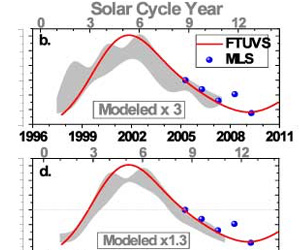
OH data from the Microwave Limb Sounder (MLS) on Aura and a ground-based FTUVS suggest a response of the OH column to the solar cycle that is significantly larger than model results using established solar forcing.
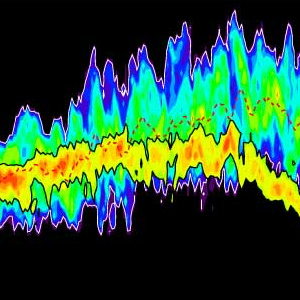
The Microwave Limb Sounder (MLS) on NASA's Aura shows weaker than usual ozone transport and strong photochemical loss

Emission inventories in megacities are uncertain, particularly in developing countries. Can we use OMI to better quantify these emissions without a model?

OMI data confirm a substantial reduction in sulfur dioxide (SO2 ) values around the largest US coal power plants as a result of the implementation of pollution control measures.
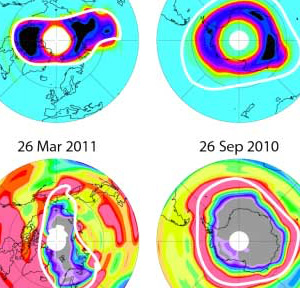
Unusually prolonged cold conditions in the spring 2011 Arctic stratosphere promoted levels of chlorine activation and chemical ozone loss never before observed in the Arctic, comparable to those in the Antarctic in some winters.
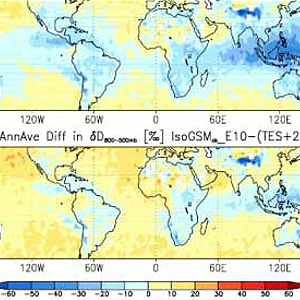
Differences between TES data and climate models are due to rainfall, evaporation and mixing processes....

HIRDLS temperature measurement sampling and resolution afford unprecedented views of the latitude-height structure of equatorial waves at altitudes above the cloud tops.

HIRDLS observations are used to quantify gravity wave momentum fluxes in the middle atmosphere.
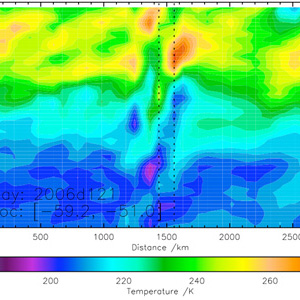
Measurements from HIRDLS are used to quantify gravity wave momentum fluxes generated from monsoon regions across the globe over the three years 2005-2007.

Deep intrusions of tropospheric air into the lower stratosphere above the subtropical jet, characterized by low ozone concentration and low static stability, are consistently observed with Aura/HIRDLS.

Aura's OMI ultraviolet aerosol index allows volcanic ash to be detected over clouds whereas this is more difficult with a visible image.
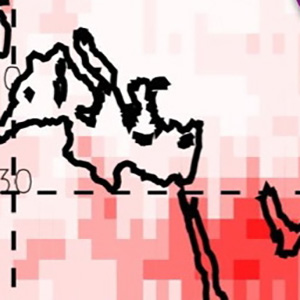
TES measurements provide constraints on carbon dioxide (CO2) emission and uptake and methane (CH4) emissions.
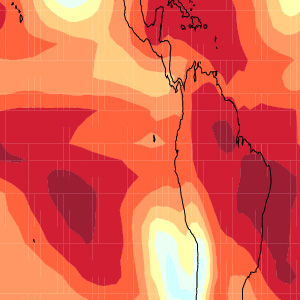
Stable isotopes from TES is used to constrain convective parameterization in a climate model.

This map shows the longwave radiative effect of infrared radiation absorbed by tropospheric ozone as estimated from TES top-of- atmosphere observations.
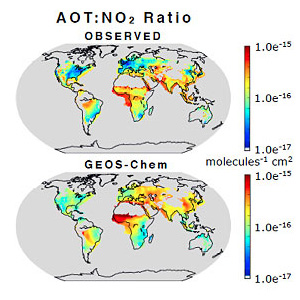
Information on the global composition of aerosol particles, their emission sources and relative regional pollution controls of combustion processes.